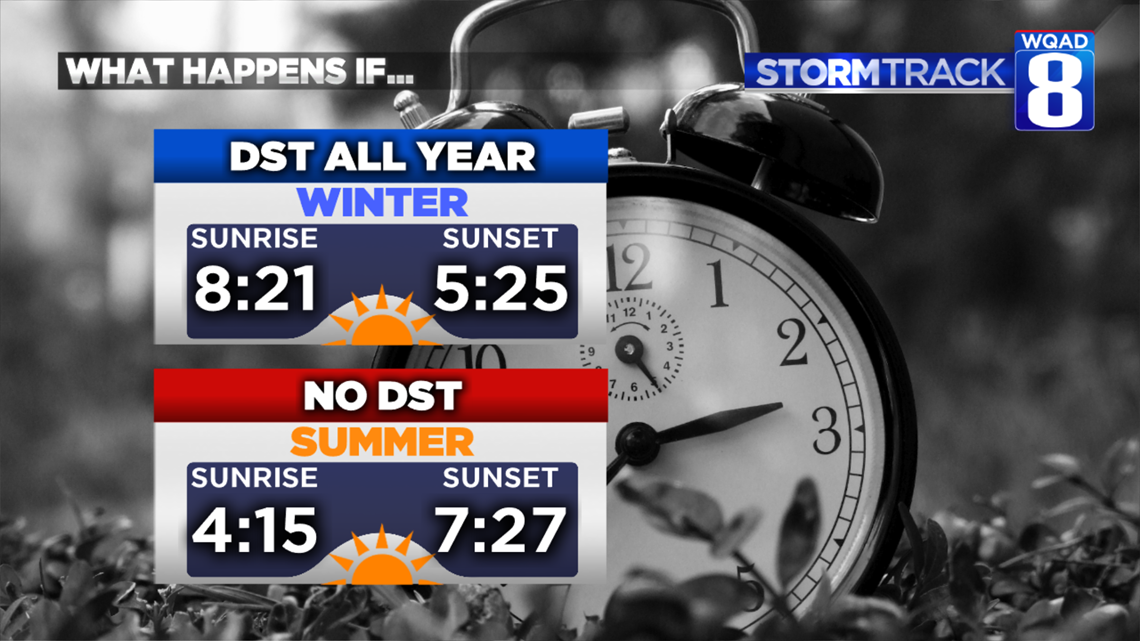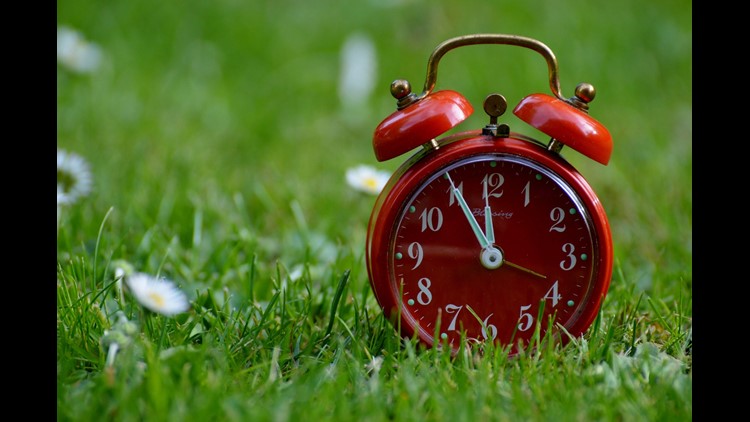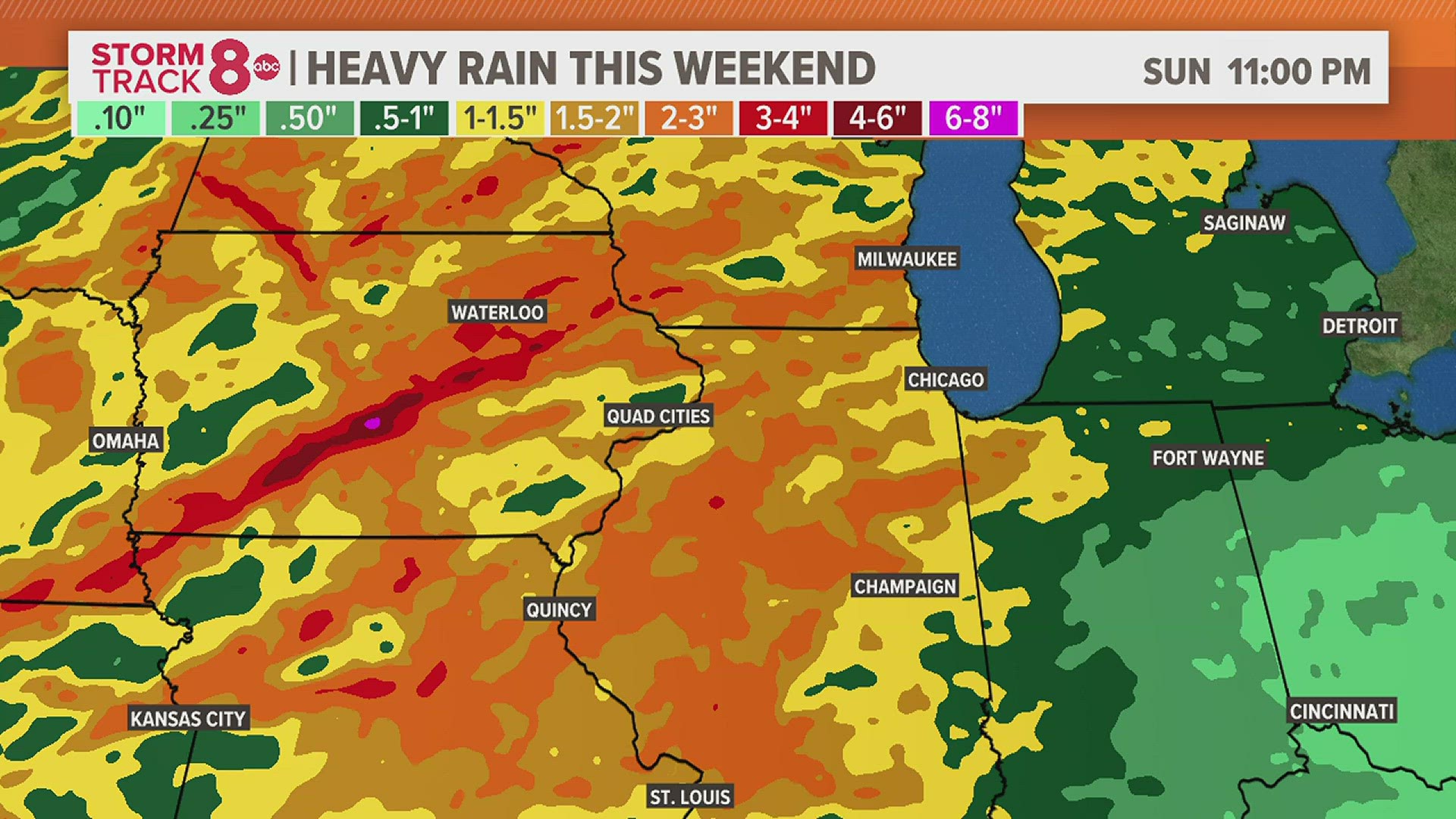We all seem to have this love/hate relationship when it comes to Daylight Saving time, the twice a year practice of moving our clocks either forward or backward. Why on earth do we do such a thing in today’s society and what are the consequences of changing the practice altogether?
It all boils down to two basic groups of people; those who oppose Daylight Saving time and wish to abandon the practice or those who think we should just stick to Daylight Saving Time year round. So, what’s the big deal? Take a look at these scenarios.


For those that wish to abandon Daylight Saving time, you’ll be waking up to a sunrise at 4:15 in the morning during the heart of summer. Sure, this isn’t necessarily a bad thing if you are a farmer or early bird, but what about if you have kids? That’s an early start! Not to mention you won’t be able to enjoy those nice, long summer evenings watching the sun slowly set off in the distance since the sunset would occur before 7:30.
The other alternative is to keep Daylight Saving Time year round, but that has another consequence – having to wait for a sunrise until nearly 8:30 in the morning during the winter months. Ouch. Talk about a morning struggle! You don’t gain much on the sunset side of things either, with the sun still setting before 5:30 in the evening.
According to the library of Congress, the idea of DST was enacted during World War I to help conserve fuel and energy by extending the working day. The United States is one of a handful of countries that still follows this practice today.
A recent poll from CNN shows a little more than 50 percent of people living in the United States are content with the time change twice a year.
Meteorologist Andrew Stutzke



